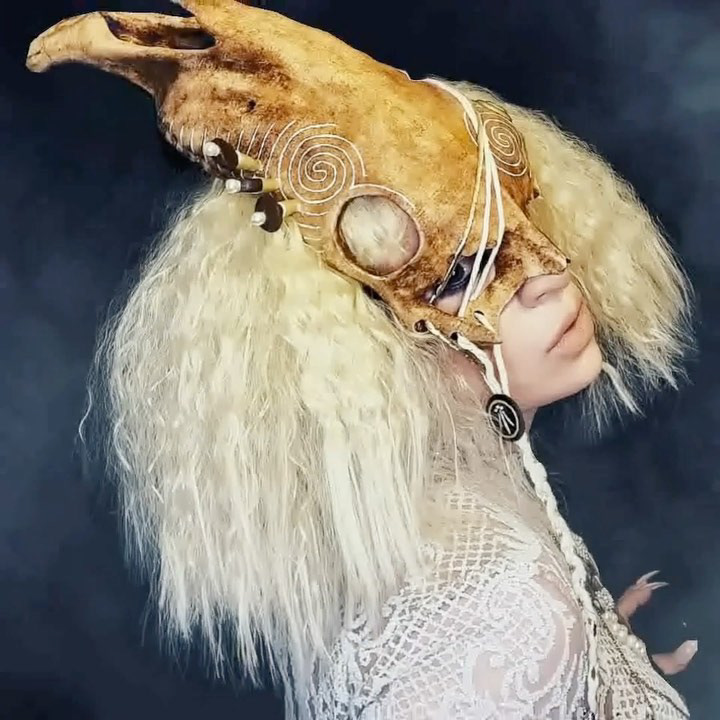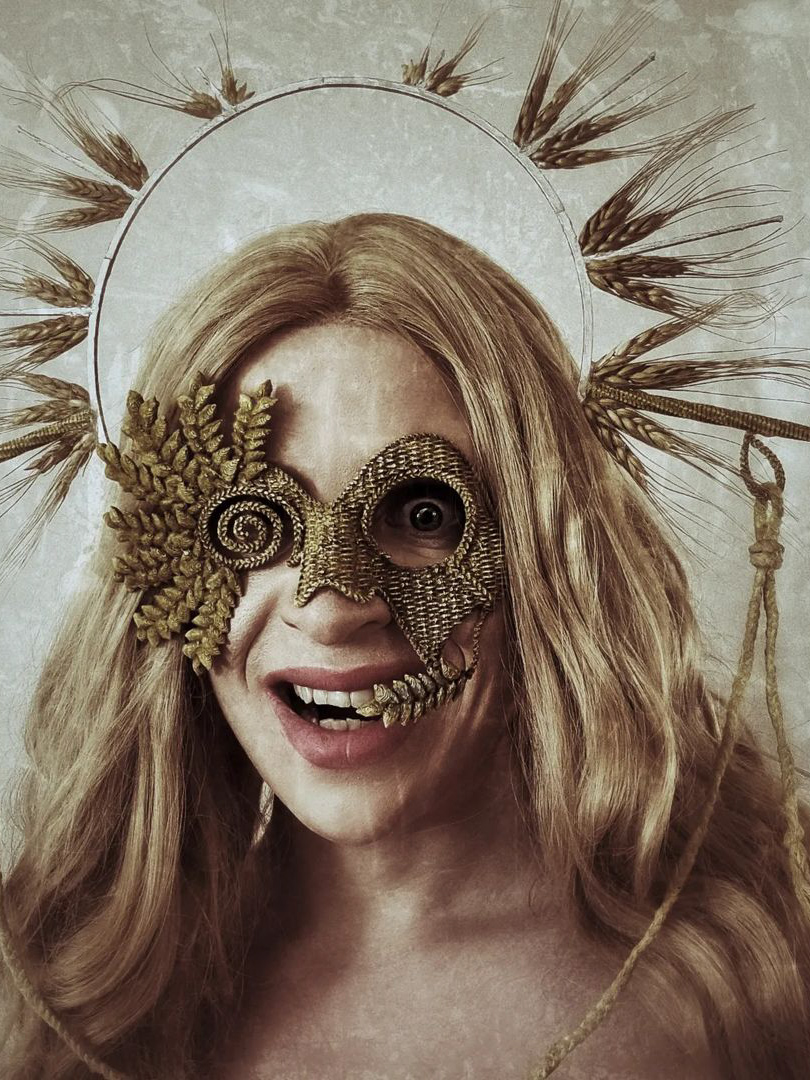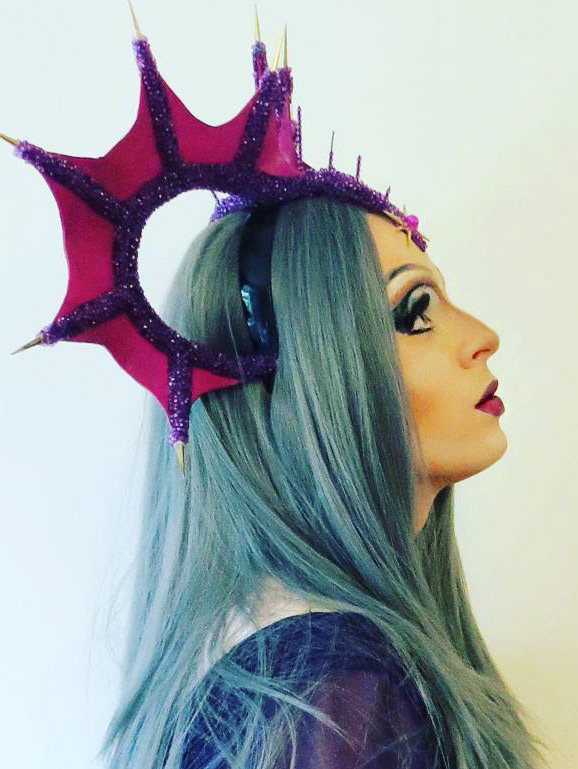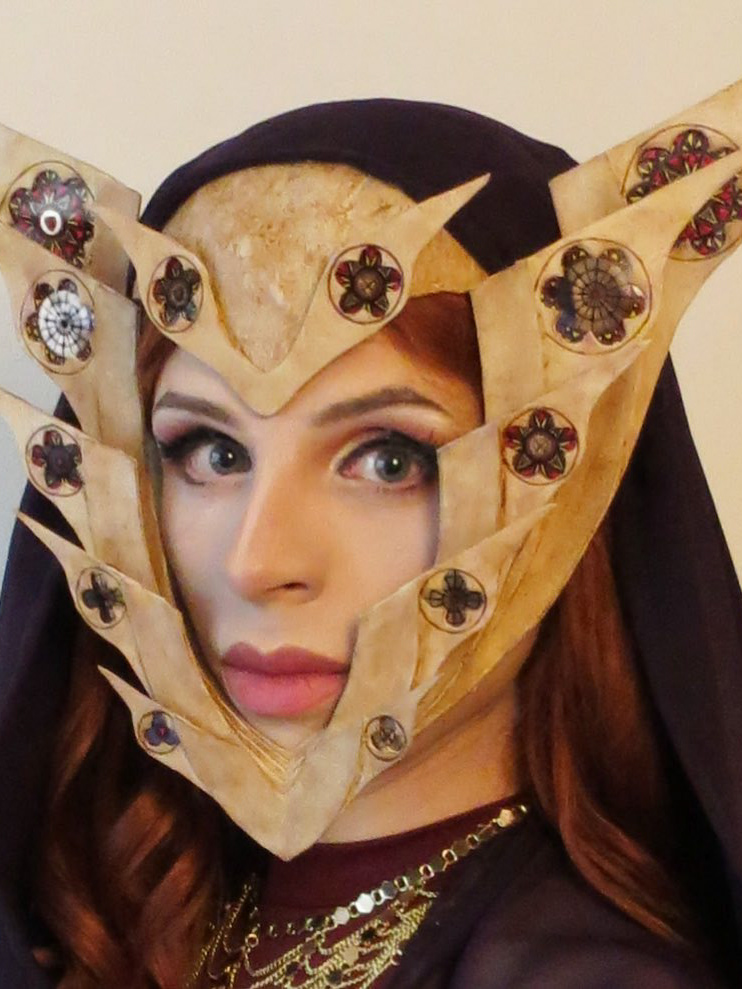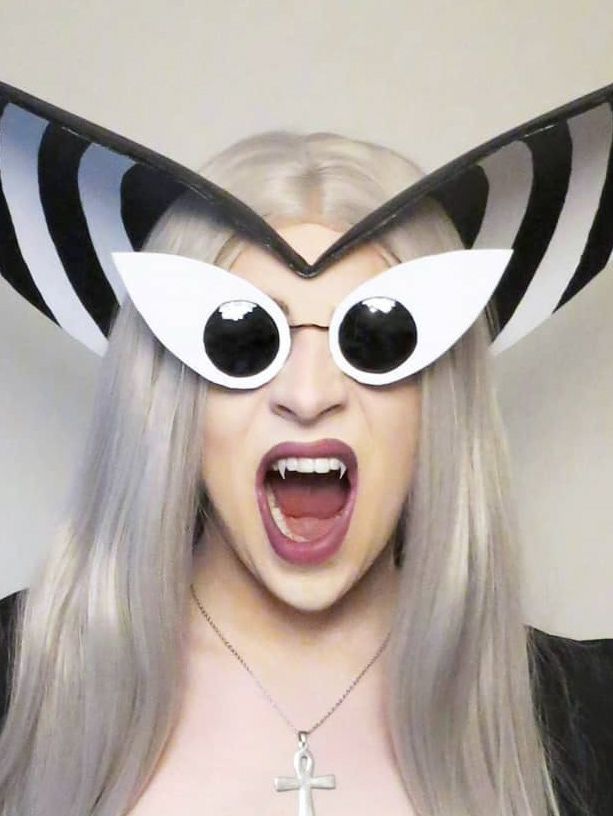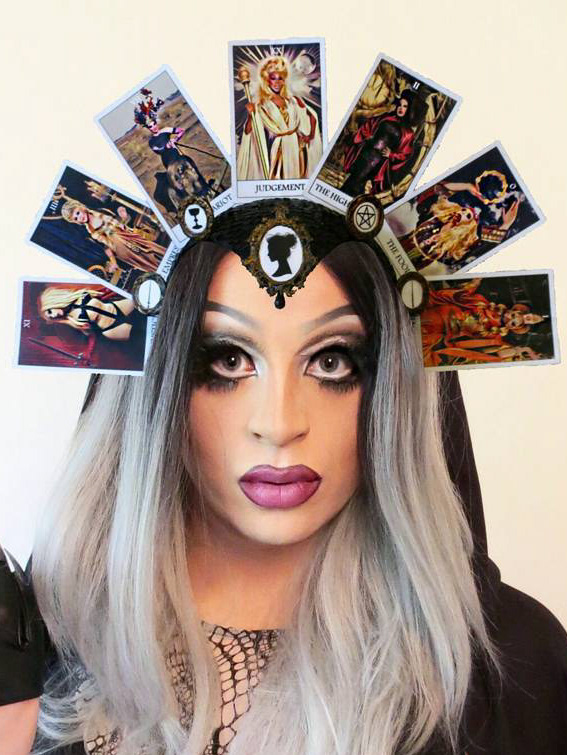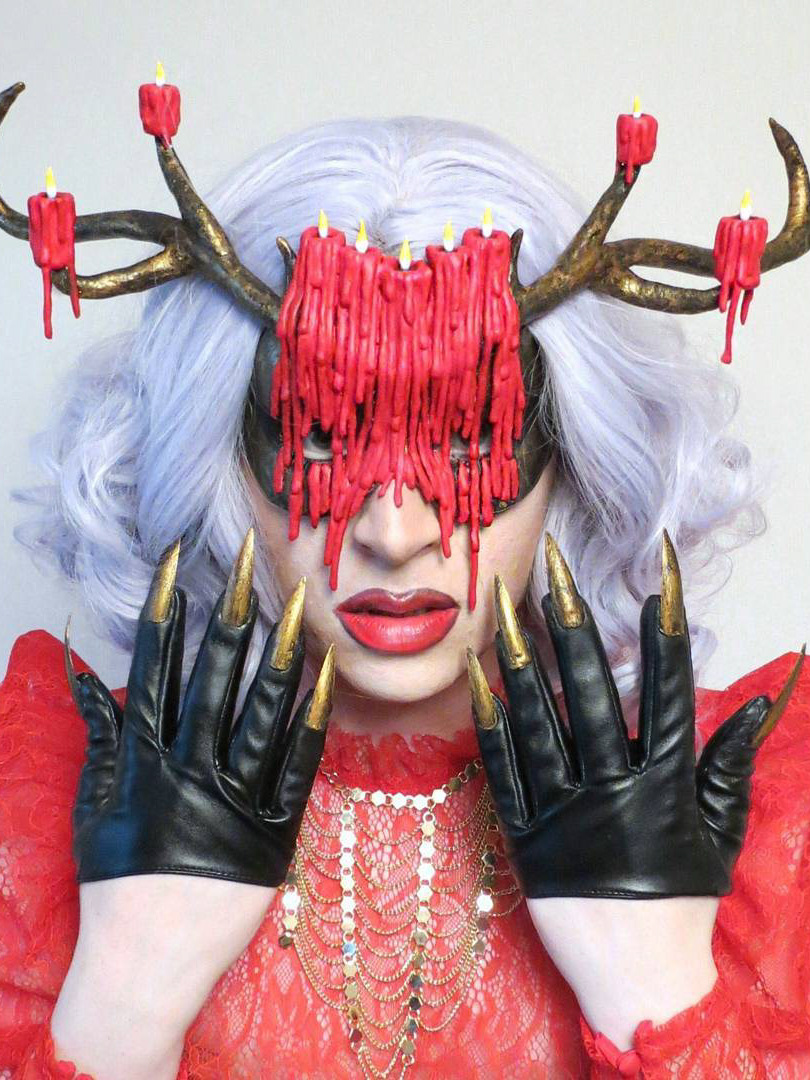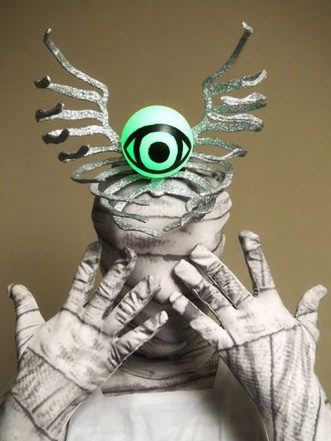
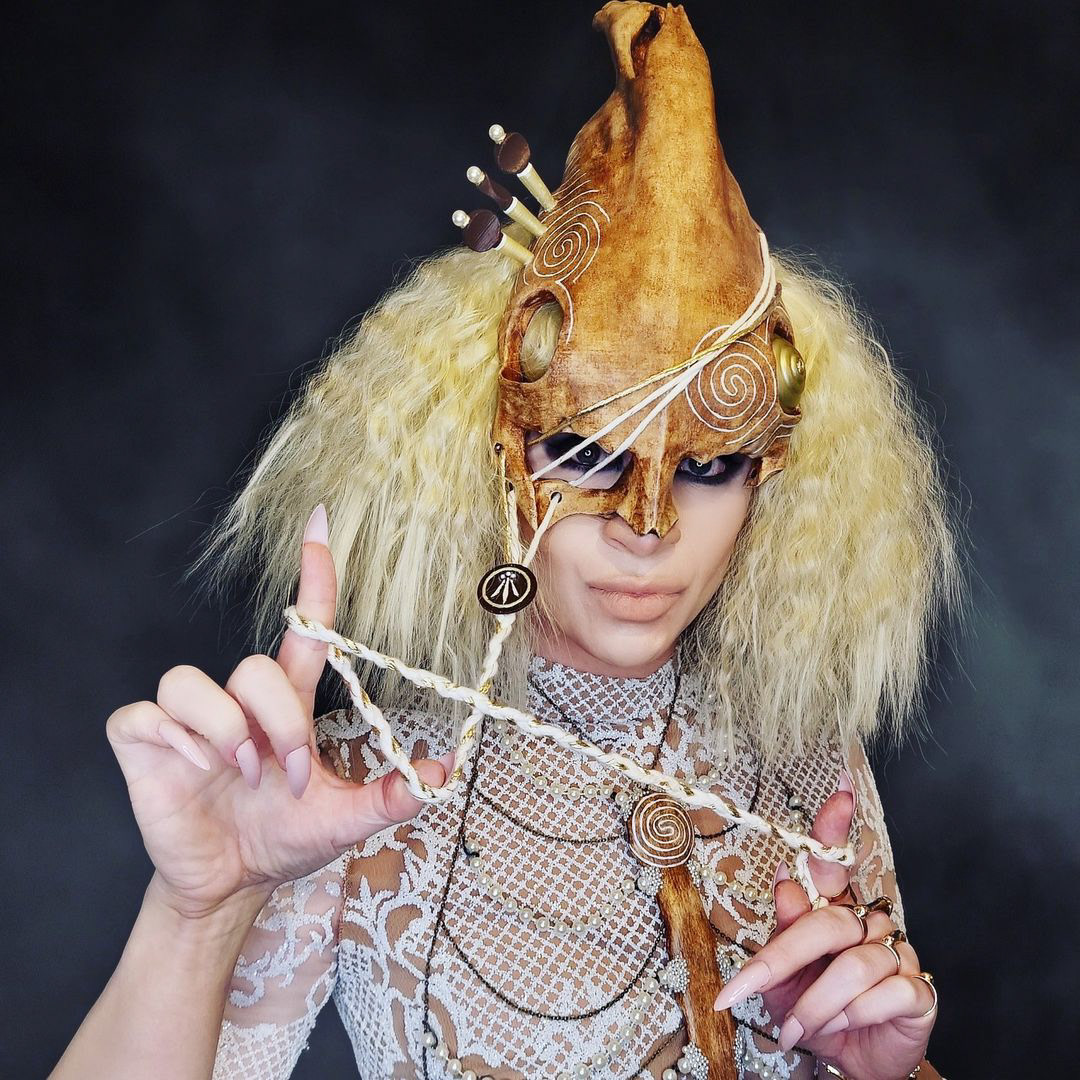
New Year is a point at which we pass from one designation to another, exposing the connective tissue between them. As midnight nears, and the threshold approaches, the rituals of our celebration imbue imagined dichotomies with a greater substance: old and new, inside and outside, darkness and light, past and future.
The Welsh folk custom of the Mari involves a band of wassailers accompanied by an eerie puppet fashioned from a horse’s skull. Going from house to house, the group challenges the occupants to a battle of verses in exchange for access to warmth and refreshment. Outside, in the cold and darkness of a Winter’s eve, the troupe embody those aspects of the human experience we have come to fear and seek to keep at a distance. Their wish to come inside compels us to confront the unsanitised realities of life, in all its complexity, ambiguity, precariousness and ephemerality.
The Mari, as the figurehead of this binary-dissolving tradition, was the perfect candidate for a piece exploring our collective discomfort with the liminal. The horse skull was my largest 3D print to date, involving three separate pieces and lengthy post-processing to achieve a finish resembling exhumed bone. I wanted to reference the musical traditions of the custom, so I imagined the skull as a stringed instrument, complete with tuning pegs. The three strings represent the two extremes of a continuum and the space in between, where these contrary states braid into each other. The harness continues the design language of the headpiece, with chain and pearl string ‘ribs’ projecting from a 3D printed sternum. The white dress references the pale sheet under which the Mari’s puppeteer would be concealed.
Identities resisting neat binaries can unnerve us, because they expose the reality that we exist on a continuum with many of the things we define ourselves against. Embracing these important elements of our humanity deepens our connection to both ourselves and others, a fitting resolution for the year ahead.

